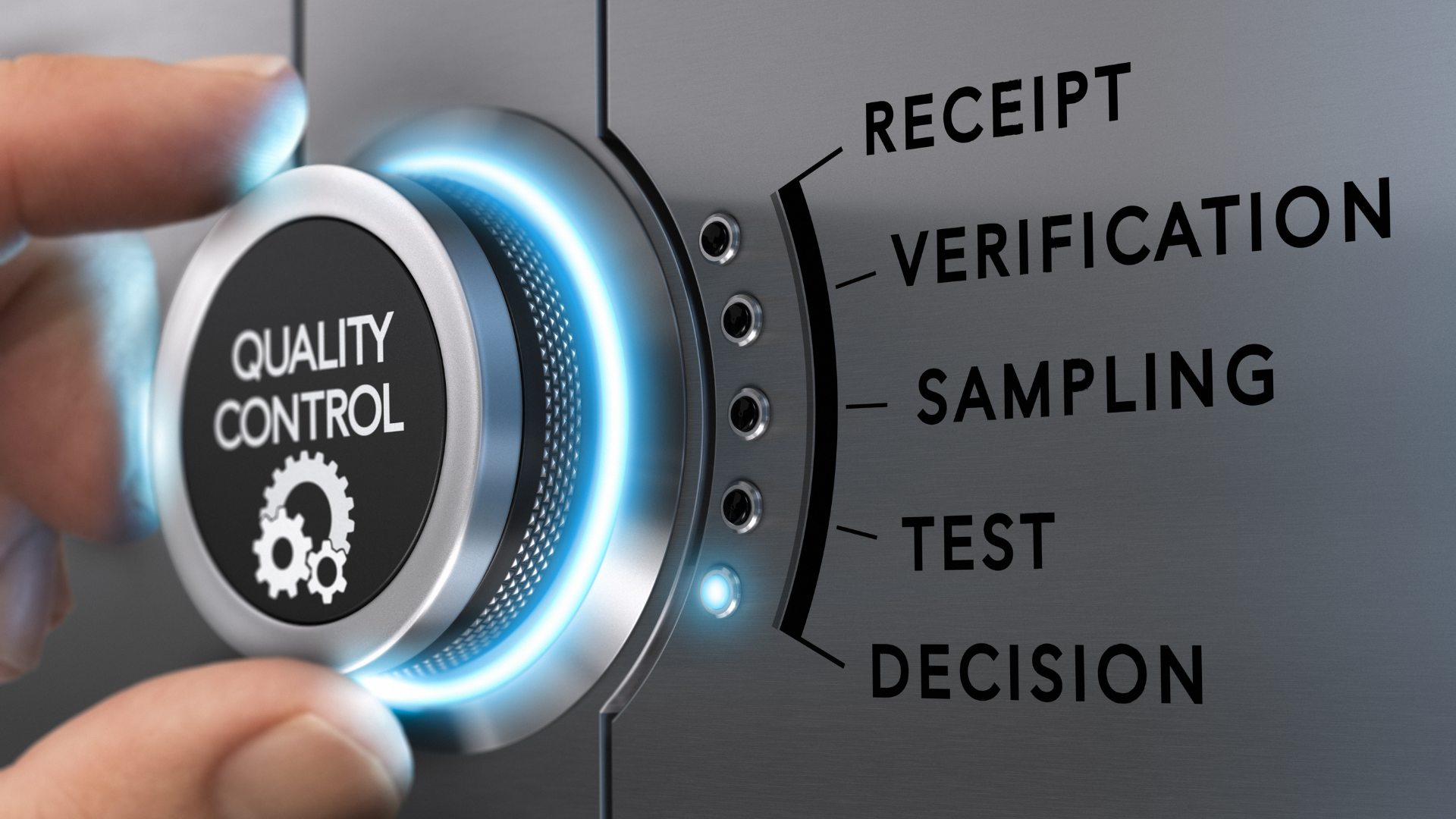Navigating the complexity of electronic components sourcing is a critical strategic aspect for businesses across all industries. With today’s volatile supply chains, geopolitical pressures and rapid technological evolution, it is crucial to establish a stable, reliable supply of high-quality electronic components. Manufacturers can implement many sourcing strategies, from proactive risk management and supply chain optimization to fostering synergy between design and sourcing.
Risk management and longevity of electronic components
What are the main risks when sourcing electronic components ?
Relying on a traditional price-first model for electronic components poses significant long-term risks. Although this approach may seem cost-effective initially, it often leaves projects vulnerable to costly and disruptive issues.
The most immediate risk is supply chain disruption, which can result from geopolitical events, natural disasters or manufacturing capacity limitations. When a company relies on a single source, any interruption can halt production entirely.
Another critical risk is component obsolescence. Electronic components have defined lifecycles, and their sudden discontinuation can force a costly redesign of a product. Without a proactive strategy to monitor and manage these lifecycles, you may be unable to manufacture a product that relies on a part that is now unavailable.
Sourcing components relying only on the lowest price increases the likelihood of receiving substandard or counterfeit parts, which can compromise the reliability and safety of the final product and damage your reputation.
Choosing a strategic approach to prioritize reliability and continuity over upfront cost is essential to mitigate these risks.
How to find the best strategic approach?
To develop a resilient electronic components sourcing strategy, it is important to prioritize long-term viability and risk mitigation
A core aspect of a good strategic approach is supplier qualification and auditing. This process involves evaluating potential suppliers, based on their reliability, quality management systems, financial stability and ethical practices. Pricing should not be the only factor taken into account. Building a network of trusted suppliers minimizes the risk of receiving low-quality components.
To further mitigate supply chain risks, you should not rely on a single supplier for critical components, but on two or more. If one supplier experiences a disruption (factory fire, port closure…), production can continue thanks to alternative suppliers with which you are already working.
An effective approach incorporates proactive obsolescence management. This continuous process begins with the design phase and continues throughout a product’s life. By actively monitoring a component’s lifecycle, you can anticipate its End Of Life (EOL), identify suitable replacements and prepare for last-time buys and create redesigns before it becomes unavailable. This forward-looking approach ensures the continuity of production.
Optimising the supply chain
Market intelligence
Market intelligence is a fundamental tool for effective electronic components sourcing. It involves the continuous collection and analysis of data related to global market trends, geopolitical shifts and the availability of raw materials. By monitoring these factors, businesses can anticipate potential shortages, price fluctuations and trade policy changes before they affect the supply chain.
These data-driven insights allow for proactive decision-making. Rather than reacting to sudden price increases or unexpected lead time extensions, your company will be able to adjust its sourcing strategy in advance. This may entail placing forward-looking orders to secure a supply of critical parts, exploring alternative suppliers in different regions and advising your design team to consider alternative components during the bill of materials phase.
A strong market intelligence strategy transforms sourcing into a strategic function, ensuring resilience and predictability in a changing environment.
Predicting electronic components needs
Market intelligence allows your company to accurately predict its need for electronic components. This allows you to maintain production continuity, manage inventory, and ensure the resilience of your sourcing strategy.
One of the most important methods is building buffer stocks, by strategically holding a safety stock of critical components that are prone to sudden shortages or long lead times. Identifying and pre-purchasing a buffer stock of these key parts protects your company from unexpected supply chain disruptions, allowing production to continue uninterrupted while new orders are being processed.
Secure warehousing is another essential element. Components, especially sensitive ones, must be stored in controlled environments to maintain their integrity over time. This involves managing temperature and humidity to prevent degradation. A secure warehouse also protects components against theft and damage.
Finally, traceability is the foundation of this process. A robust system for tracking components from their point of origin to their final assembly is critical. This ensures authenticity, prevents counterfeit parts from entering the supply chain and provides a clear audit trail for quality assurance and compliance with regulatory requirements.
Establishing a synergy between design and sourcing of electronic components
Creating a seamless synergy between design and sourcing is essential to modern electronic manufacturing. This collaborative approach, often known as Design for Manufacturing (DFM), integrates sourcing considerations into the product development process, from its earliest stages. By involving experts during the design phase, your company will be able to proactively prevent future supply chain issues, reduce costs and accelerate time-to-market.
Component selection is a key aspect of this process. Engineers must consider not only the technical specifications of the part they will use, but also its long-term availability, reliability, and lifecycle status. Selecting components with a stable supply chain and a predictable lifecycle helps avoid costly redesigns due to early obsolescence. Favoring a highly specialized component with a single supplier for a marginal performance advantage is often a less viable approach than choosing widely available components.
This approach transforms the Bill of Materials (BOM) into a dynamic, strategic document. The BOM becomes a risk management tool, where each part is analyzed for potential vulnerabilities. This includes identifying approved alternative parts and proactively flagging any component nearing its EOL. With a forward-looking perspective, businesses can manage the BOM to secure the components needed for their entire production run, ensuring long-term product viability and consistency.
Finding the best electronic component sourcing strategies with a dedicated partner
An resilient electronic components sourcing strategy is necessary for the continuation of industrial activity in the long run. A proactive, risk-aware approach is a standard for manufacturing excellence. Businesses can ensure the continuation of their activity by integrating meticulous supplier qualification, market intelligence, and deep synergy between design and procurement.
ACTIA, specialized in Electronic Manufacturing Services (EMS), offers a wide range of services to help you manage your electronic component sourcing. With Original Design Manufacturing (ODM), supply chain & logistics, Design for Manufacturing (DFM), etc. ACTIA can support your company in many ways to build resilience.




